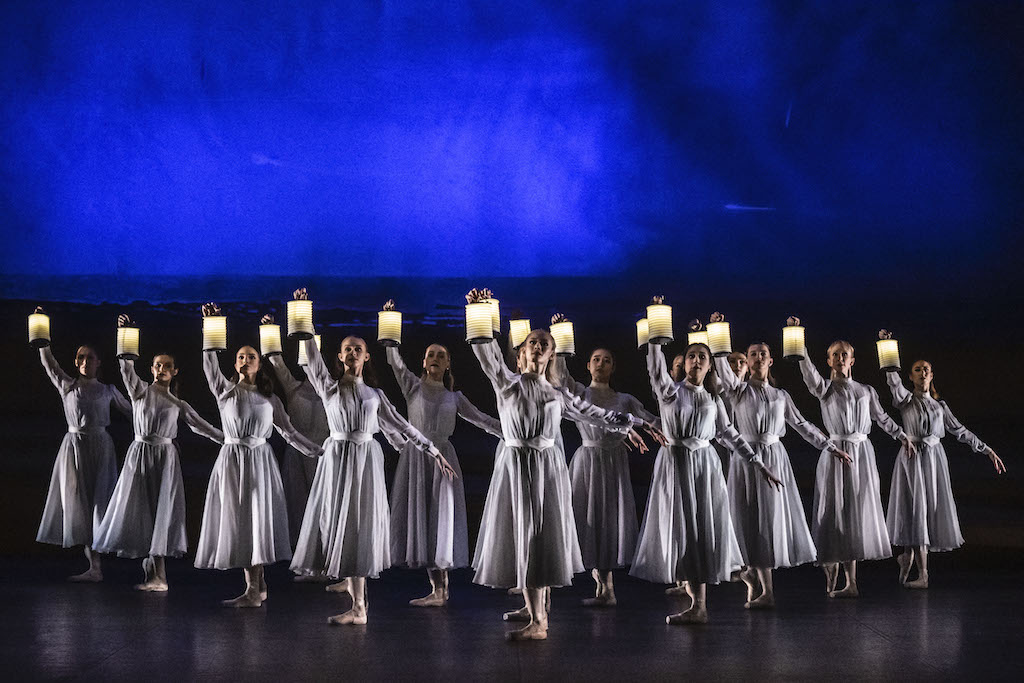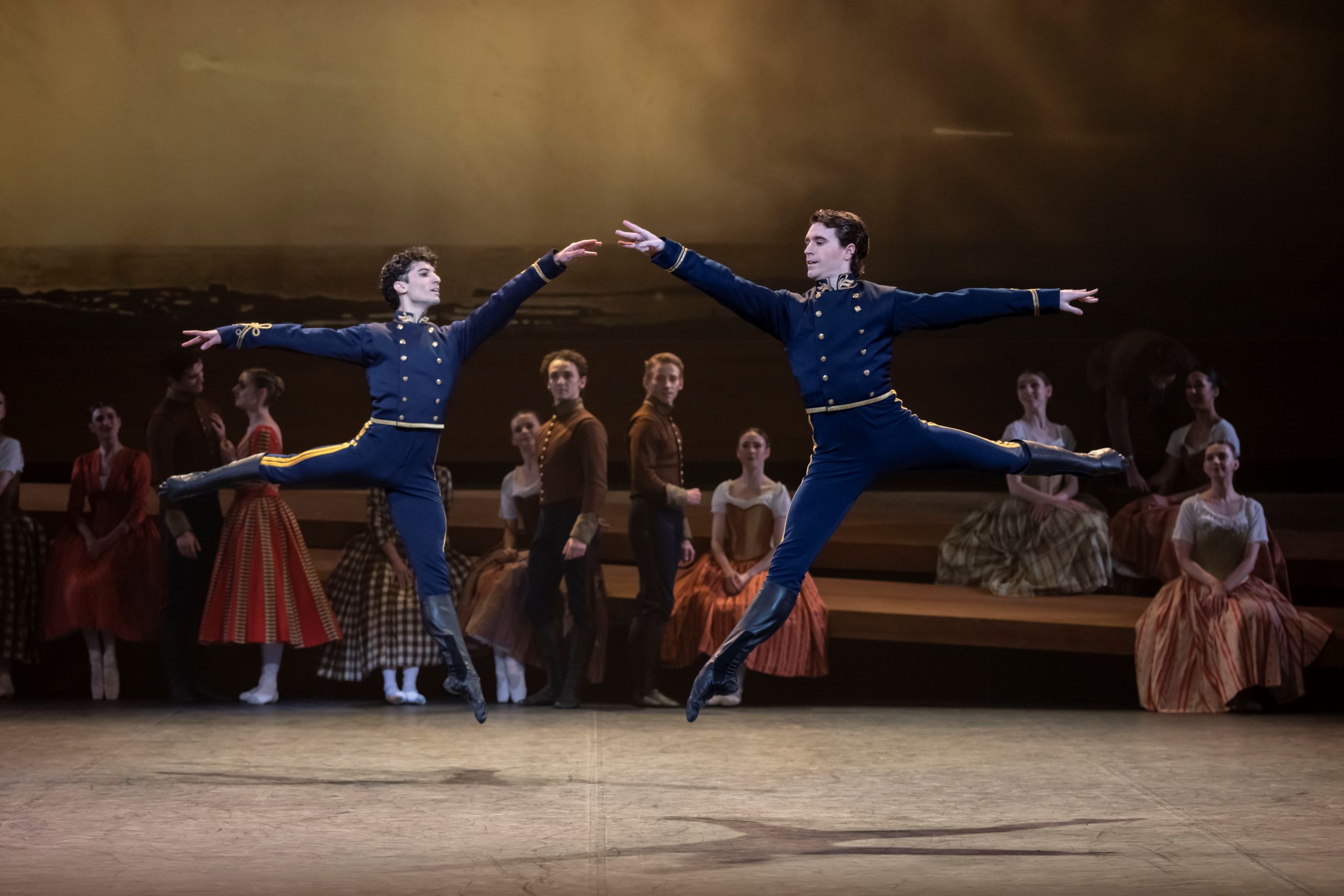
23 – 26 November
Adapting a classical piece for modern tastes can be both a daunting and dangerous prospect. How much of the story and tone can be revised to make a production more accessible without losing the essential essence of a piece? These questions are tackled, and indeed must be, by Tamara Rojo the outgoing artistic director and choreographer for the English National Ballet in Raymonda.
The reason the narrative needed changing is because the original Raymonda as premiered in 1898 was set during the Crusades with the eponymous Raymonda betrothed to a French knight but exposed to abduction by a wicked Saracen adversary. Accordingly, companies have preferred to show excerpts and no UK company had ever danced it in its entirety. However, Rojo recognised that there was much of value in the original, not least the choreography by Marius Petipa the man who created the steps of Swan Lake and Nutcracker.
This version transports the story to the Crimean War and focusses on the emancipated women such as Florence Nightingale and Mary Seacole who supported wounded soldiers. We find Raymonda engaged to John, an English officer, but tempted by the charms of the more flamboyant Abdur, one of his allies from the Ottoman Empire.
To retain elements of the original, Rojo has revisited Petipa’s original choreographic notes, written in Stepanov notation illustrating how a dancer’s body should move and capturing the blocking for their positions on stage. There have been amendments of course, not least because the modern corp de ballet and male dancers now possess a far greater athleticism than in Petipa’s time.
The score by Alexander Glazunov has been similarly adapted and edited by Gavin Sutherland and Lars Payne and is performed by the sumptuously talented English National Philharmonic, some of whom even feature on stage in the final act.
Among the scores of dancers, the lead principals are the elegantly evocative Fernanda Oliveira as Raymonda and snappy scissor kicking Francesco Gabriele Frola as John de Bryan. Erik Woolhouse excels as the coily, twisting and exotic Abdur Rahman.
The narrative begins with a daring video prologue setting the scene before we see Raymonda impatiently reading a newspaper within a domestic setting surrounded by her sisters who are happily embroidering. She is spurred into action as her fiancé enlists for the war. No passive onlooker, she sets out after him. The troops in Sevastopol are full of vim and vigour, dashing about while pursued by a collection of winsome young women. We then see the nurses tending to the wounded, in a scene reminiscent of the opening ceremony in the London Olympics which paid tribute to the NHS. These women, led by the saintly Precious Adams as Sister Clemence are rightly seen as another army ready to be called into action. Frola’s athletic dancing seeks to distract Raymonda, but she is plainly not convinced and her devotion to nursing duty defeats him.
Erik Woolhouse’s more sensual Abdur is introduced and his sensuous slithering exoticism tempts her in a beguiling scene complete with whirling dervishes and wild abandonment. Raymonda’s choices seem to boil down to either a sensible plum pudding or a more alluring Turkish delight.
A clever set design featuring a series of frames within which tableaus can be captured by a photographer work consistently well and designer Antony McDonald’s gorgeously glamorous costumes make every scene a feast for the eyes. And seeing Abdur’s tunic has made me know what I want for Christmas.
A standout moment features a dream sequence with white aproned nurses holding paper lanterns aloft as they gracefully administer to the wounded.
The final act serves up a fantastically flamboyant series of showstopper dances leaving an ultimate dilemma left hanging during preparations for a wedding that may or may not happen. The audience are left on tenterhooks as we watch Raymonda circling en pointe, sublime in her solitude and teetering on the edge of a decision.
At times, the rewriting may seem a little forced, and there is little storyline about the war, but what is never forced is the sheer commitment and energy demonstrated by the entire company. This is amplified by the exquisitely rich music which is in many ways the star of the show. This is a ballet for the ages; a veritable feast of dance executed with style and grace but above all sheer excitement powered by the fabulous score.
★★★★☆ Bryan J Mason 24 November 2022


